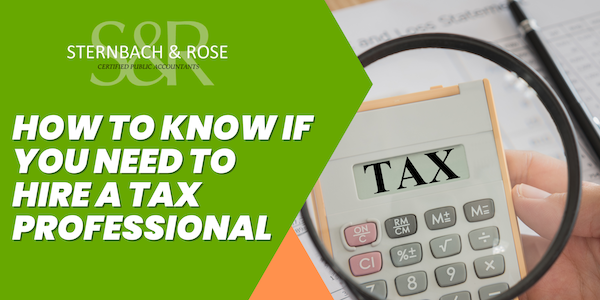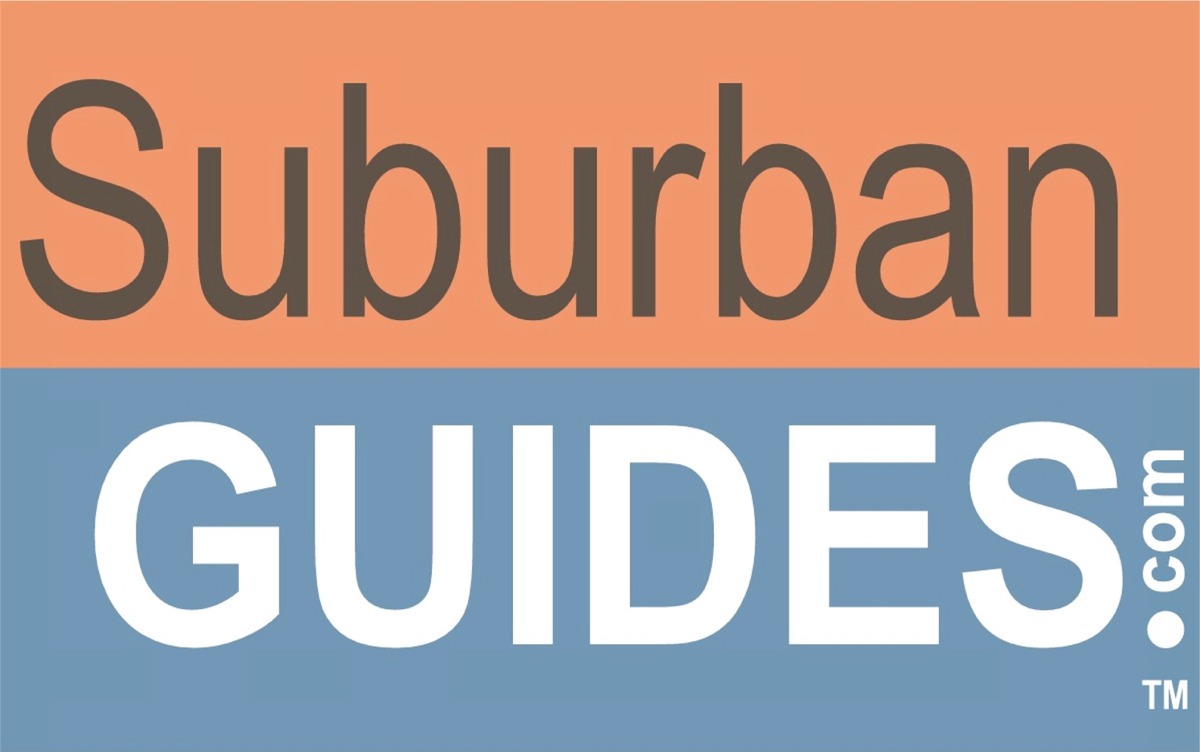Nancy is 91 years old and lives alone in her own home. Her family tells me she now needs 24-hour care at home, but they think she cannot qualify for Medicaid benefits because she (1) owns her home; (2) has money in the bank; (3) has an IRA; and (4) collects a pension. They’ve heard about the “five-year lookback” period and don’t think Nancy can possibly qualify for assistance.
Can Medicaid help or not?
It’s complicated, so let’s look at this case to better understand Medicaid eligibility and how Nancy’s family might proceed.
Nancy has these assets:
Checking/Savings: $85,000
IRA: $90,000
Home: valued at $350,000
And the following monthly income:
Social Security: $1,200
Pension: $1,600
IRA Distribution: $658
Determining eligibility for Community Medicaid (care at home) differs from that of Institutional Medicaid (care in a nursing home). The dreaded “five-year lookback period” is for nursing home care only. For Community Medicaid, there is no penalty for assets transferred out of Nancy’s name. This is slated to change on March 31, 2024, although this could be delayed.
Medicaid assesses eligibility based on (A) assets and (B) income. On the matter of assets (property and bank accounts) for Community Medicaid eligibility, Nancy’s house is exempt if she continues to live in it. Since New York has estate recovery for Medicaid recipients, the state can come after the house after she passes away (or if she moves out of the house) unless some additional planning is done. Typically, people transfer their home into a trust with the help of a qualified elder law attorney, thereby eliminating the estate recovery issue.
Nancy’s IRA principal is also exempt if she takes her Required Minimum Distributions (RMDs). In some New York counties, a distribution higher than the RMD is required to exempt the retirement asset. Since most IRAs have direct beneficiaries (passing to the heirs), the IRA principal is generally protected.
Nancy can keep up to $30,182 in her name and still qualify for Medicaid. If she transfers $57,000 of her $85,000 in countable assets, either to an Irrevocable Trust or to her children, she will be eligible for Community Medicaid. Her eligibility will start the first of the month following the transfer.
Then there is the issue of her income.
With $3,458 in monthly income, she is $1,781 over Medicaid’s 2023 limit of $1,677 per month. She can still qualify for Medicaid by either (1) paying Medicaid $1,781 each month OR (2) setting up a Pooled Income Trust to protect this excess income. When using a Pooled Income Trust, the excess income of $1,781 is transferred from Nancy’s account to a Pooled Income Trust account each month. Then she or her family can request this money be paid to her various creditors (electric, phone, cable, food, home maintenance, etc.).
Bills must bear Nancy’s name, should not be medical in nature and funds cannot be used for gifts to others. The trust can typically be used only to pay for Nancy’s non-medical living expenses (with some exceptions). Aside from the monthly fees associated with a Pooled Income Trust, she has access to all her income each month. Nancy maintains control over the money in her trust, and decides which bills she wants paid, as well as how much and when they are paid.
Once Medicaid is established, we can pursue home care services, day care, transportation and so forth to meet Nancy’s needs and allow her to potentially remain at home for the rest of her life. Ideally, this enables her to avoid any long-term nursing home placement.
————————————-
Colin Sandler, LCSW, CCM, is the owner of Medicaid Solutions, 2127 Crompond Road, Cortlandt Manor, NY. She has been providing advice on aging to seniors and their families for over 20 years. Email her at [email protected] or call 914-924-2566









Add a comment